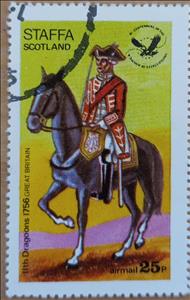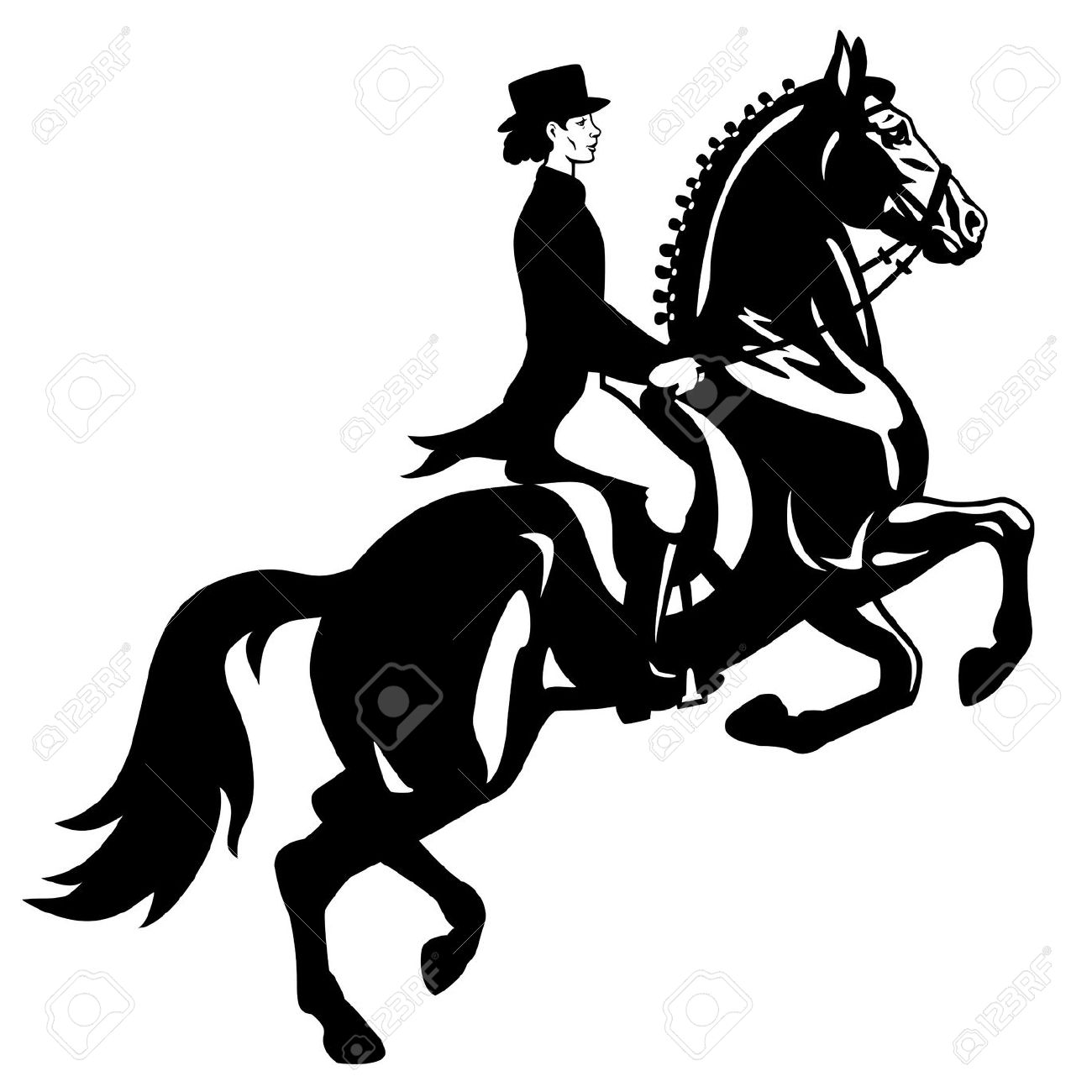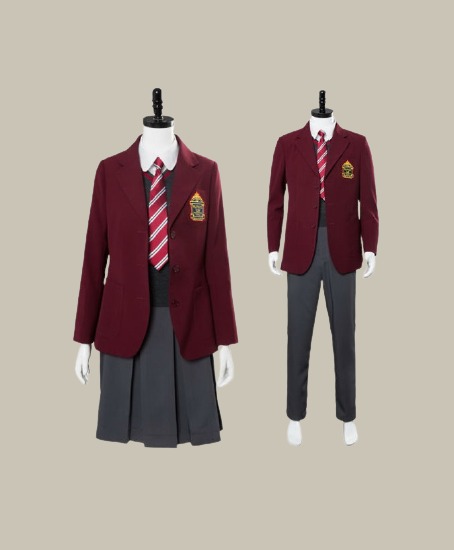Stamp: Uniform, 11th Dragoon, Great Britain (Cinderellas 1976)
Uniform, 11th Dragoon, Great Britain (Cinderellas 1976)
01 May (Cinderellas ) within release Staffa, Scotland goes into circulation Stamp Uniform, 11th Dragoon, Great Britain face value 25 Scottish penny
| Stamp Uniform, 11th Dragoon, Great Britain in catalogues | |
|---|---|
| Colnect codes: | Col: ST 1976-04/8 |
Stamp is vertical format.
Also in the issue Staffa, Scotland:
- Stamp - Chess face value 5;
- Stamp - Chess face value 3;
- Stamp - Chess face value 4;
- Stamp - Chess face value 2;
- Mini Sheet - Chess face value 70;
- Stamp - Chess face value 1;
- Stamp - Chess face value 10;
- Stamp - Chess face value 20;
- Stamp - Chess face value 25;
- Stamp - UNIFORMS - 17th Light Dragoon face value 1;
- Stamp - Uniform, Royal Engineers, Great Britain face value 2;
- Stamp - Uniform, 4rth Chassaurs a Cheval, France face value 3;
- Stamp - Uniform, 11th Cuirassiers, France face value 4;
- Stamp - Uniform, Guard Cuirassiers, Russia face value 5;
- Stamp - Uniform, Light Guard, Great Britain face value 15;
- Stamp - Uniform, De Kigne Dragoons, Austria face value 20;
- Stamp - Uniform, 11th Dragoon, Great Britain face value 25;
- Mini Sheet - Bi-centenial of the USA, Military Uniforms face value 75;
|
Data entry completed
80%
|
|
|---|---|
| Stamp Uniform, 11th Dragoon, Great Britain in digits | |
| Country: | Cinderellas |
| Date: | 1976-05-01 |
| Size: | 35 x 52 |
| Emission: | Cinderella |
| Format: | Stamp |
| Face Value: | 25 Scottish penny |
Stamp Uniform, 11th Dragoon, Great Britain it reflects the thematic directions:
An army, ground force or land force is an armed force that fights primarily on land. In the broadest sense, it is the land-based military branch, service branch or armed service of a nation or country. It may also include aviation assets by possessing an army aviation component. Within a national military force, the word army may also mean a field army.
Stemming from military practices and a long tradition of teaching by equestrians such as La Guérinière and François Baucher, traditional French equestrianism is essentially represented at the Cadre Noir de Saumur. The practice of equestrianism has evolved towards sport and leisure, opening up to the general public. At the end of the 20th century, the sport became much more democratic, with a sharp rise in the number of riders, particularly young people and women. The teaching of equestrianism as a leisure sport in France is based on the existence of over 8,000 riding schools, which make trained horses available to the public. Their establishment is supported by the French government thanks to a reduced VAT rate from 2004 to 2013. At the end of 2013, riders and industry professionals protested against the increase in VAT on their activity.
The horse (Equus ferus caballus) is one of two extant subspecies of Equus ferus. It is an odd-toed ungulate mammal belonging to the taxonomic family Equidae. The horse has evolved over the past 45 to 55 million years from a small multi-toed creature, Eohippus, into the large, single-toed animal of today. Humans began to domesticate horses around 4000 BC, and their domestication is believed to have been widespread by 3000 BC. Horses in the subspecies caballus are domesticated, although some domesticated populations live in the wild as feral horses. These feral populations are not true wild horses, as this term is used to describe horses that have never been domesticated, such as the endangered Przewalski's horse, a separate subspecies, and the only remaining true wild horse. There is an extensive, specialized vocabulary used to describe equine-related concepts, covering everything from anatomy to life stages, size, colors, markings, breeds, locomotion, and behavior.
A uniform is a variety of costume worn by members of an organization while usually participating in that organization's activity. Modern uniforms are most often worn by armed forces and paramilitary organizations such as police, emergency services, security guards, in some workplaces and schools, and by inmates in prisons. In some countries, some other officials also wear uniforms in their duties; such is the case of the Commissioned Corps of the United States Public Health Service or the French prefects. For some organizations, such as police, it may be illegal for non-members to wear the uniform.




